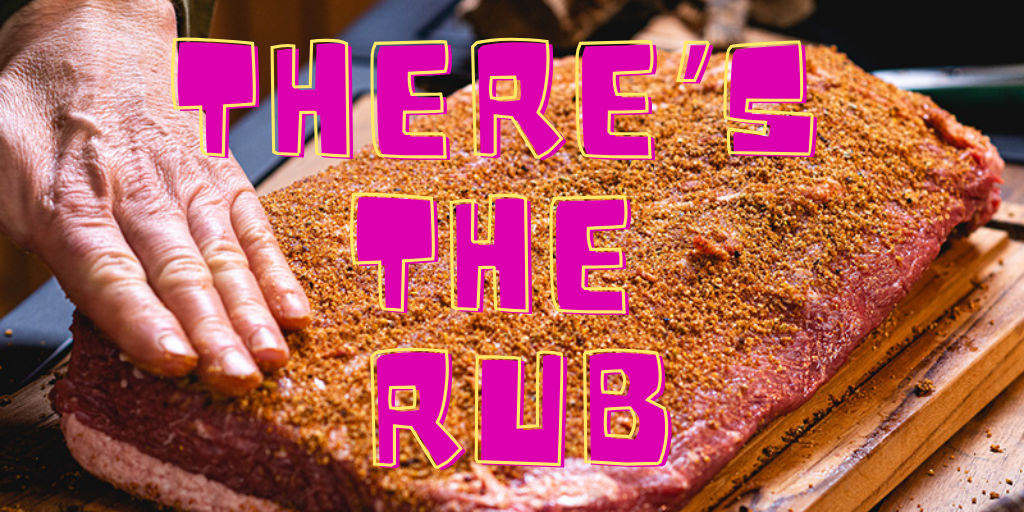The idiom “there’s the rub” means “there’s the problem” or “there’s the catch.” It is used to express a difficulty or obstacle that prevents a desired outcome. The idiom is often used in a humorous or ironic way, to suggest that there is always a catch, even when things seem to be going well.
Origin Of “There’s The Rub” In Shakespeare
The idiom “there’s the rub” is first attested in Shakespeare’s play Hamlet (Act III, Scene 1). In the soliloquy “To be or not to be,” Hamlet contemplates suicide and the possibility of what comes after death. He says:
To die, to sleep— No more; and by a sleep to say we end
The heart-ache and the thousand natural shocks
That flesh is heir to: ’tis a consummation
Devoutly to be wished.
But then he asks, “To sleep, perchance to dream: ay, there’s the rub!” He is worried that if he dies, he may end up in a worse place than this one. So that’s the catch. He says, “For in that sleep of death what dreams may come, when we have shuffled off this mortal coil, must give us pause.”
The idiom “there’s the rub” appears in two other plays by Shakespeare: King Lear and The Tempest. In King Lear, the phrase is used by the Fool to express his doubts about the King’s plan to divide his kingdom among his daughters. He says, “Ay, there’s the rub, when wisdom is too late.”
In The Tempest, the phrase is used by Prospero to express his regret for the harm he has caused his brother Antonio. He says, “But there, alas, lies the rub: / It is too late to make amends.”
The phrase “there’s the rub” has been used ever since to express a difficulty or obstacle that prevents a desired outcome.
It seems that Shakespeare was fond of this phrase, which suggests that it was common in his time – the idea of “rub” being some kind of obstacle or hindrance. We know that rubbing means to apply friction on a surface, or to massage. So how does that relate to its being an obstacle or hindrance? It may be related to the Elizabethans’ most popular sport – bowls. An obstacle or inequality on the ground commonly slowed the bowl down or deflected it as it rubbed against the obstacle that was in the way. That would have been a common nuisance to the players and the rub that got in the way of your game was probably something you cursed frequently, referring to it as “the rub.”

There’s the rub :)
Usage in Everyday Discourse
The idiom “there’s the rub” is used in everyday discourse to express a difficulty or obstacle that prevents a desired outcome. For example, you might say, “I would love to go on vacation, but there’s the rub: I can’t afford it.” Or, you might say, “I was offered a promotion, but I would have to move to another city, and there’s the rub.”
The idiom can also be used in a humorous or ironic way. For example, you might say, “I finally got my dream job, but I have to work weekends and there’s the rub. ”
The idiom “there’s the rub” is sometimes used in the form “therein lies the rub.” This is simply a more formal way of saying the same thing.
The idiom “there’s the rub” is also sometimes used in the phrase “the rub of the green.” This phrase is used in golf to refer to an accidental obstacle that stops a ball in play. The phrase is thought to have originated from the game of bowls, which is similar to golf.
Analysis Of “There’s The Rub”
The idiom “there’s the rub” is a powerful expression that can be used to convey a wide range of emotions. It can be used to express sadness, regret, frustration, or even humour. The idiom is often used in a humorous way to suggest that there is always a catch, even when things seem to be going well. However, the idiom can also be used in a more serious way to express a real difficulty or obstacle.
The idiom “there’s the rub” is a versatile expression that can be used in a variety of contexts. It is a useful way to express a difficulty or obstacle that prevents a desired outcome. The idiom can also be used in a humorous or ironic way to suggest that there is always a catch, even when things seem to be going well.




Leave a Reply
Want to join the discussion?Feel free to contribute!